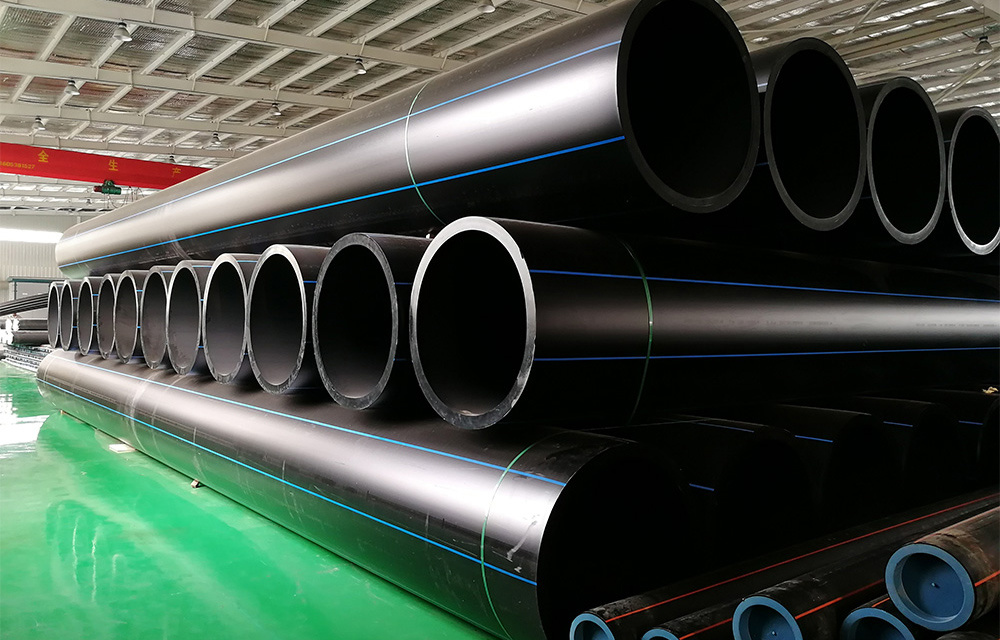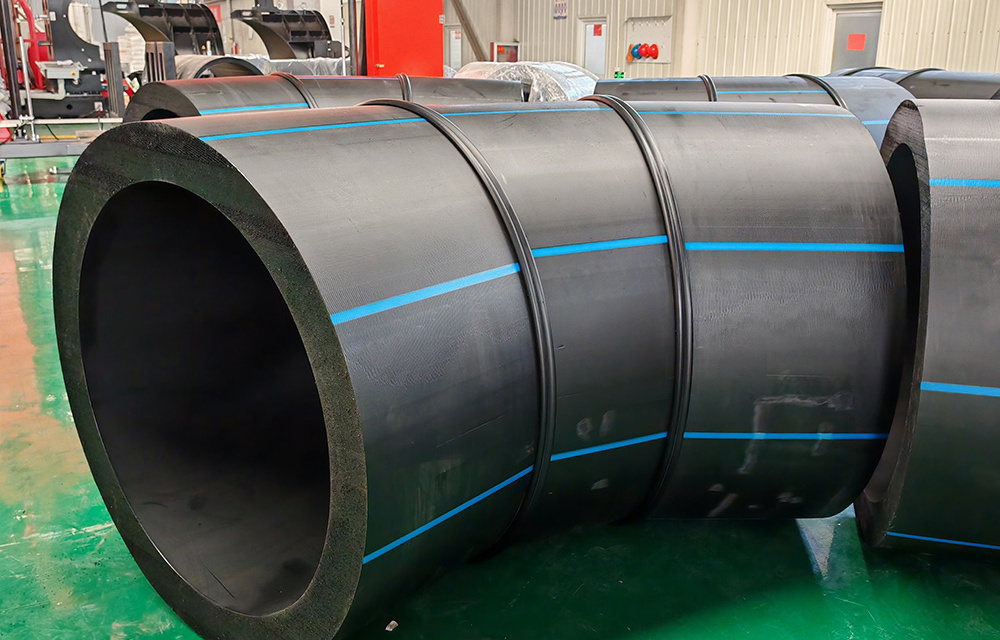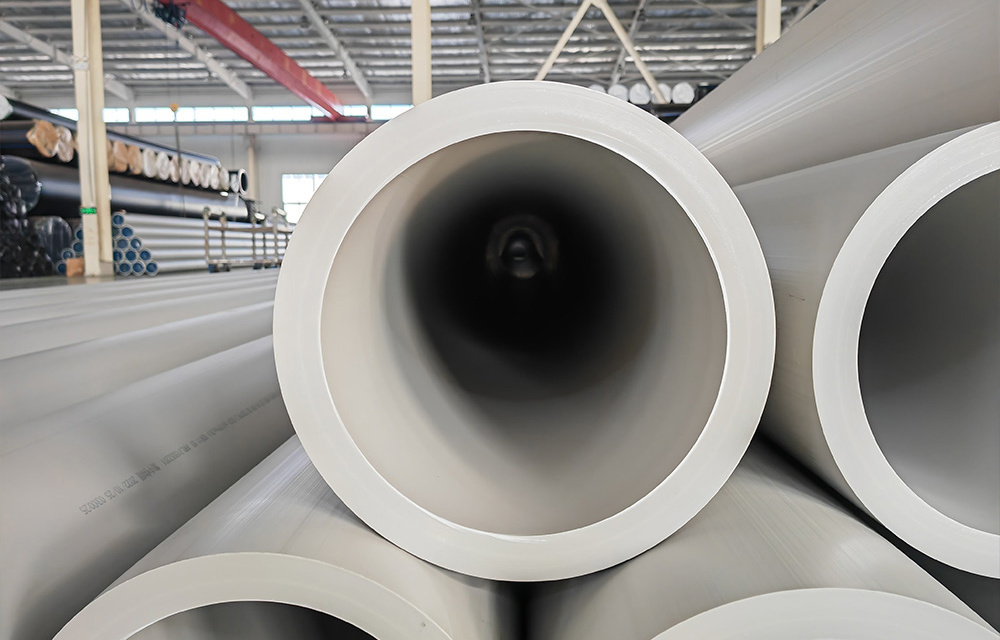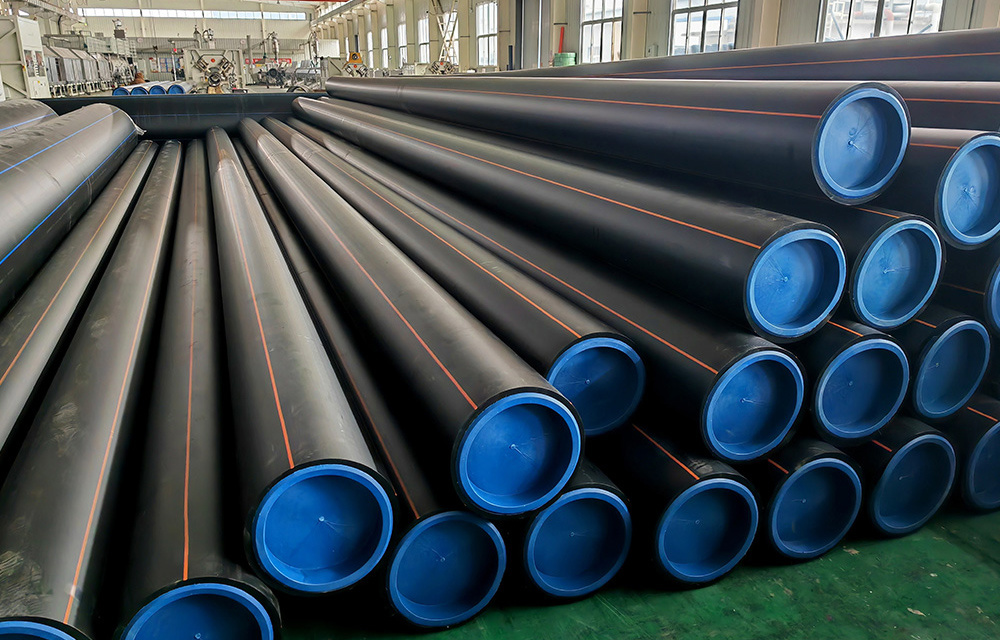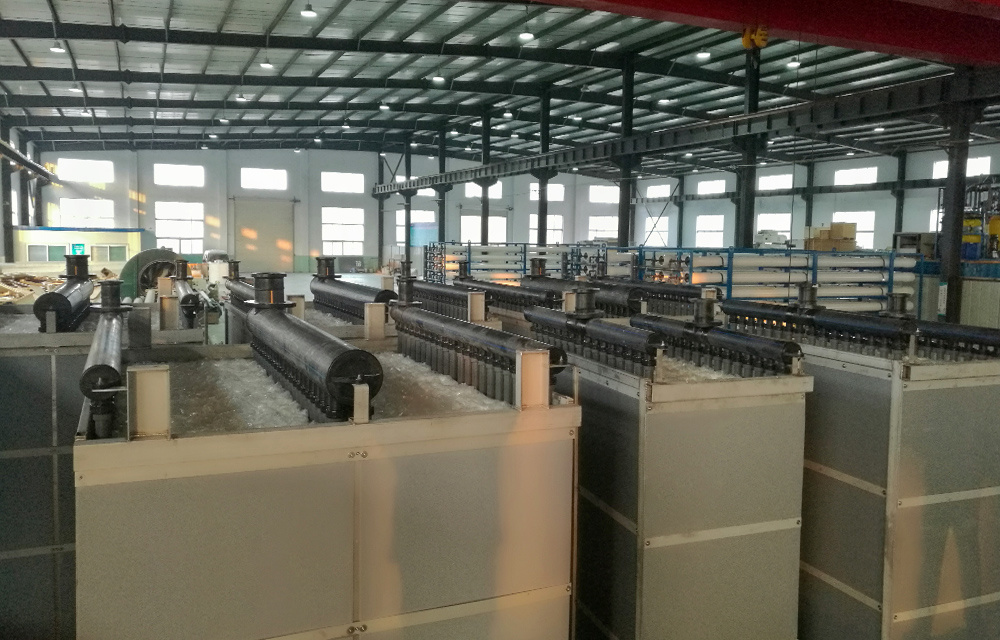21
2025
-
10
The Benefits of Using PP Pipes in Modern Plumbing Systems
The Benefits of Using PP Pipes in Modern Plumbing Systems Introduction to PP Pipes In the realm of modern plumbing, **Polypropylene (PP) pipes** have emerged as a popular choice due to their unique properties and advantages. As water management and distribution systems evolve, the need for reliable and efficient materials has become paramount. This article delves into the myriad benefits of usin
The Benefits of Using PP Pipes in Modern Plumbing Systems
Introduction to PP Pipes
In the realm of modern plumbing, **Polypropylene (PP) pipes** have emerged as a popular choice due to their unique properties and advantages. As water management and distribution systems evolve, the need for reliable and efficient materials has become paramount. This article delves into the myriad benefits of using PP pipes, highlighting why they are a superior option for contemporary plumbing systems.
What Are PP Pipes?
Polypropylene pipes are made from a thermoplastic polymer known as polypropylene. This material is lightweight, resistant to chemical corrosion, and offers significant flexibility. PP pipes are commonly used for various applications, including potable water distribution, sewage and drainage systems, and industrial piping. Their unique composition allows them to withstand harsh conditions while maintaining structural integrity.
The Unique Properties of PP Pipes
PP pipes stand out in the plumbing market due to several key properties:
- **Chemical Resistance:** PP possesses excellent resistance to a wide range of chemicals, making these pipes suitable for transporting various substances without degradation.
- **Thermal Stability:** These pipes can withstand high temperatures, which is critical in applications involving hot water.
- **Lightweight Nature:** The lightweight nature of PP pipes simplifies installation and reduces transportation costs.
- **Flexibility:** Their flexibility allows for easy handling and installation in various plumbing configurations.
Key Advantages of Using PP Pipes
1. Longevity and Durability
One of the most significant advantages of PP pipes is their **longevity**. These pipes have a lifespan that can exceed 50 years, making them a wise investment for any plumbing system. Their resistance to corrosion and chemical damage ensures that they maintain their structural integrity over time, reducing the need for frequent replacements.
2. Cost-Effectiveness
The initial cost of installing PP pipes may be comparable to other materials, but their **long-term cost-effectiveness** is unmatched. Due to their durability and reduced maintenance needs, homeowners and businesses can save significantly on repairs and replacements. Additionally, their lightweight nature reduces installation labor costs, as fewer resources are needed.
3. Eco-Friendly Attributes
In an era where environmental concerns are at the forefront, PP pipes offer an **eco-friendly** alternative to traditional materials. They are fully recyclable and can be repurposed without losing their properties. Their production process has a lower carbon footprint compared to PVC or metal pipes, aligning with sustainable practices in construction.
4. Resistance to Bacterial Growth
PP pipes have a non-porous surface, which helps in preventing the growth of bacteria and other microorganisms. This attribute is crucial for plumbing systems that handle potable water, ensuring safe and clean water delivery to households and businesses.
Applications of PP Pipes in Plumbing Systems
1. Residential Plumbing
In residential settings, PP pipes are widely utilized for both hot and cold water supply lines. Their thermal stability ensures that hot water is delivered efficiently without heat loss. Additionally, their flexibility allows for easier routing through tight spaces, making them ideal for residential renovations.
2. Commercial Plumbing
Commercial buildings often face unique plumbing challenges, and PP pipes provide solutions that meet these demands. Their durability and resistance to chemicals make them suitable for industrial applications, including factories and laboratories, where harsh substances may be present.
3. Drainage and Waste Systems
PP pipes are also commonly used in drainage and sewage systems. Their ability to withstand a range of temperatures and resist corrosion ensures that they perform effectively in waste management. The smooth interior surface of PP pipes reduces friction, allowing for better flow rates and minimizing blockages.
Comparing PP Pipes to Other Materials
1. PP Pipes vs. PVC Pipes
PVC pipes have been a staple in plumbing for decades, but they come with certain drawbacks. While PVC is also lightweight and cost-effective, it lacks the high-temperature resistance of PP pipes. Additionally, PVC can be more prone to cracking and degradation over time, especially when exposed to UV light.
2. PP Pipes vs. Metal Pipes
Metal pipes, including copper and galvanized steel, are known for their strength, but they can be heavy and susceptible to corrosion. PP pipes, on the other hand, provide a corrosion-resistant alternative without the added weight. This makes PP pipes easier to install and maintain, particularly in complex plumbing layouts.
Installation Considerations for PP Pipes
When installing PP pipes, several factors should be taken into account:
1. Proper Jointing Techniques
PP pipes can be joined using heat fusion, which creates strong, seamless connections. It is essential to ensure that the joints are properly fused to avoid leaks and maintain the integrity of the system.
2. Temperature and Pressure Ratings
Understanding the temperature and pressure ratings of PP pipes is crucial for ensuring their effective use. Always refer to manufacturer guidelines to ensure that the selected pipes are suitable for the intended application.
3. Local Regulations and Standards
Before installation, it is vital to check local plumbing codes and regulations. Compliance with these standards ensures that the installation meets safety and quality requirements.
Maintenance Tips for PP Pipe Systems
To ensure the longevity of PP pipe systems, regular maintenance is essential:
1. Routine Inspections
Conducting periodic inspections can help identify potential issues before they escalate. Look for signs of wear, leaks, or blockages in the plumbing system.
2. Cleaning and Flushing
Regular cleaning and flushing of the system can help prevent the buildup of debris and maintain optimal flow rates. Using appropriate cleaning agents that are compatible with PP pipes is crucial.
3. Professional Assessment
Engaging a professional plumber for an assessment can provide valuable insights into the condition of the plumbing system and highlight any necessary repairs or upgrades.
FAQs About PP Pipes
1. What is the lifespan of PP pipes?
PP pipes can last over 50 years with proper installation and maintenance, making them a durable choice for plumbing systems.
2. Are PP pipes safe for drinking water?
Yes, PP pipes are safe for transporting drinking water due to their non-toxic properties and resistance to bacterial growth.
3. Can PP pipes be used for hot water systems?
Absolutely! PP pipes have excellent thermal stability, making them suitable for both hot and cold water applications.
4. How do PP pipes compare to PVC pipes?
While both are lightweight and cost-effective, PP pipes offer superior temperature resistance and flexibility compared to PVC.
5. Are PP pipes environmentally friendly?
Yes, PP pipes are fully recyclable and have a lower carbon footprint during production compared to other materials like PVC and metal pipes.
Conclusion
The adoption of **PP pipes** in modern plumbing systems presents numerous advantages that cater to the evolving needs of both residential and commercial applications. From their **durability** and **cost-effectiveness** to their **environmental benefits**, PP pipes stand out as a superior choice in plumbing solutions. By opting for PP pipes, we invest in a sustainable future, ensuring efficient water management while minimizing our ecological footprint. Investing in PP pipes not only enhances plumbing efficiency but also aligns with sustainable practices, making them an intelligent choice for any modern plumbing project.
Next Page
Next Page


